So now that you’ve got a sense of what I mean when I say “Case Study,” let’s talk about a watch that’s been getting a lot of wrist time lately—my 1968 Seiko “Slim Willard,” Ref. 6105-8000.
I picked this one up from a dealer who’s been swinging by our LA office a few times a week for years. He’s part of what I’d call the old breed—a vanishing class of watch guys who were making deals long before Instagram algorithms and TikTok trends ran the show. Back then, business was done on a handshake, not a hyperlink. No hashtags, no hype cycles. Just flea markets, NAWCC shows, and a gut feeling. These guys bought based on instinct, not spreadsheets. Feel over formula.
When I was coming up as a baby dealer, guys like that were everywhere. Now? They’re aging out. Fading into the background. And truthfully, the watch world’s worse off without them. The old breed didn’t gatekeep. They didn’t gaslight. They passed on what they knew. They operated on trust, tenure, and reputation—intangibles that don’t show up on a condition report but carry more weight than a fat stack of provenance papers.
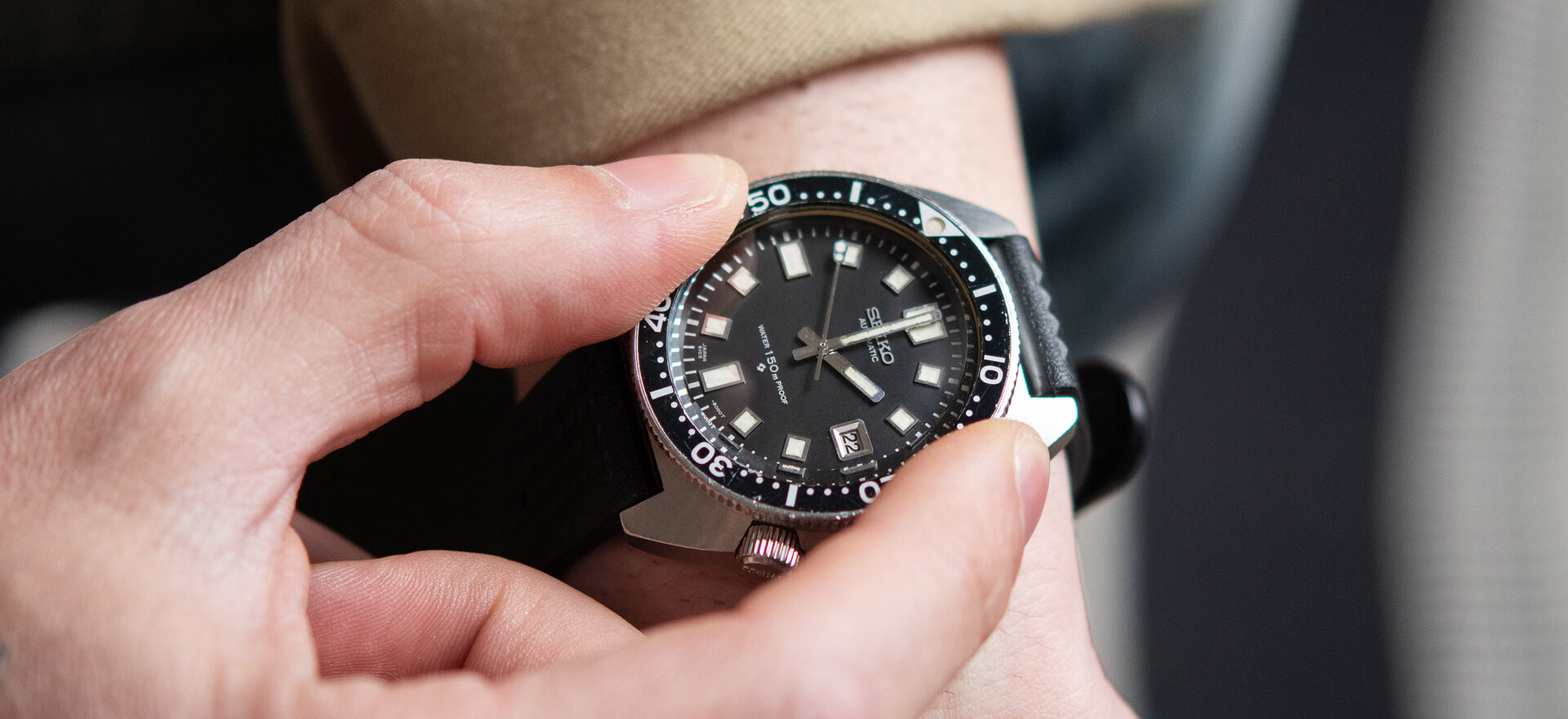
Anyway—Mr. Hall strolls in one day, like he always does. Backpack slung over one shoulder. Makes himself at home in the C+T LA HQ like it’s his living room. His son works with us too—you’ve probably seen him in the background of our content from time to time. The Hall family’s stitched into the fabric of what we do.
And yeah, we might be part of the new school—but we were raised by the old breed. That’s something we take seriously. It’s something we’re committed to preserving, carrying forward, and honoring in the next generation of what we’re building here at C+T.
And that Slim Willard?
It came out of that backpack.
Recently, we launched a dedicated collection of vintage Seiko watches—a group that was entrusted to us to help promote and sell in support of the Children’s Diabetes Foundation. As the team and I started working through the 50+ pieces—photographing them, writing them up, prepping them for the site—it made me think about the Seikos in my own collection.
I wouldn’t say I have a ton of vintage Seikos, but I’ve got more than one and less than ten, if that gives you any idea of how I feel about the brand. Especially the older stuff.
I’ve always been drawn to the rugged, no-nonsense Seiko divers from the late ’60s into the early ’80s. There’s something about them—something honest. They’re watches with soul. With vibe. With feel. The kind of character you don’t always find in other brands, even some of the bigger ones.
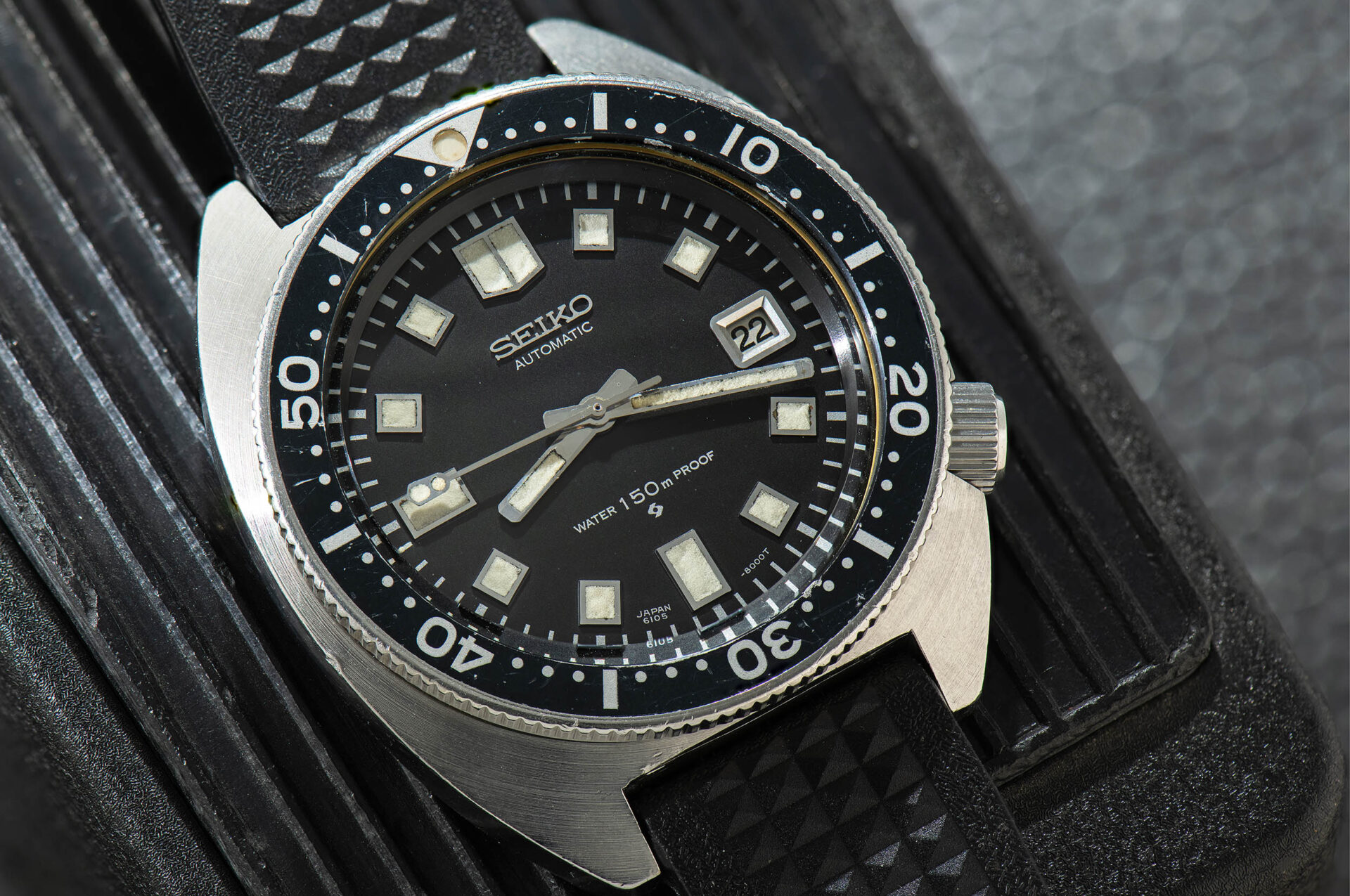
If you’re into vintage Seiko dive watches, then you probably already know about the 6105-8110 the asymmetrical beast nicknamed the “Captain Willard.” It’s the one made famous by Martin Sheen in Apocalypse Now, and it’s become a bit of a cult icon. But before that watch hit the scene around 1970, Seiko had already laid the groundwork with the 6105-8000/8009, introduced in 1968.
That reference effectively replaced the 62MAS (Ref. 6217-8000/1), which was Seiko’s first real entry into the professional dive watch space. The 62MAS was clean, functional, and robust—rated to 150 meters and built for actual diving. It marked the beginning of what would become a legendary run of no-nonsense tool watches from Seiko.
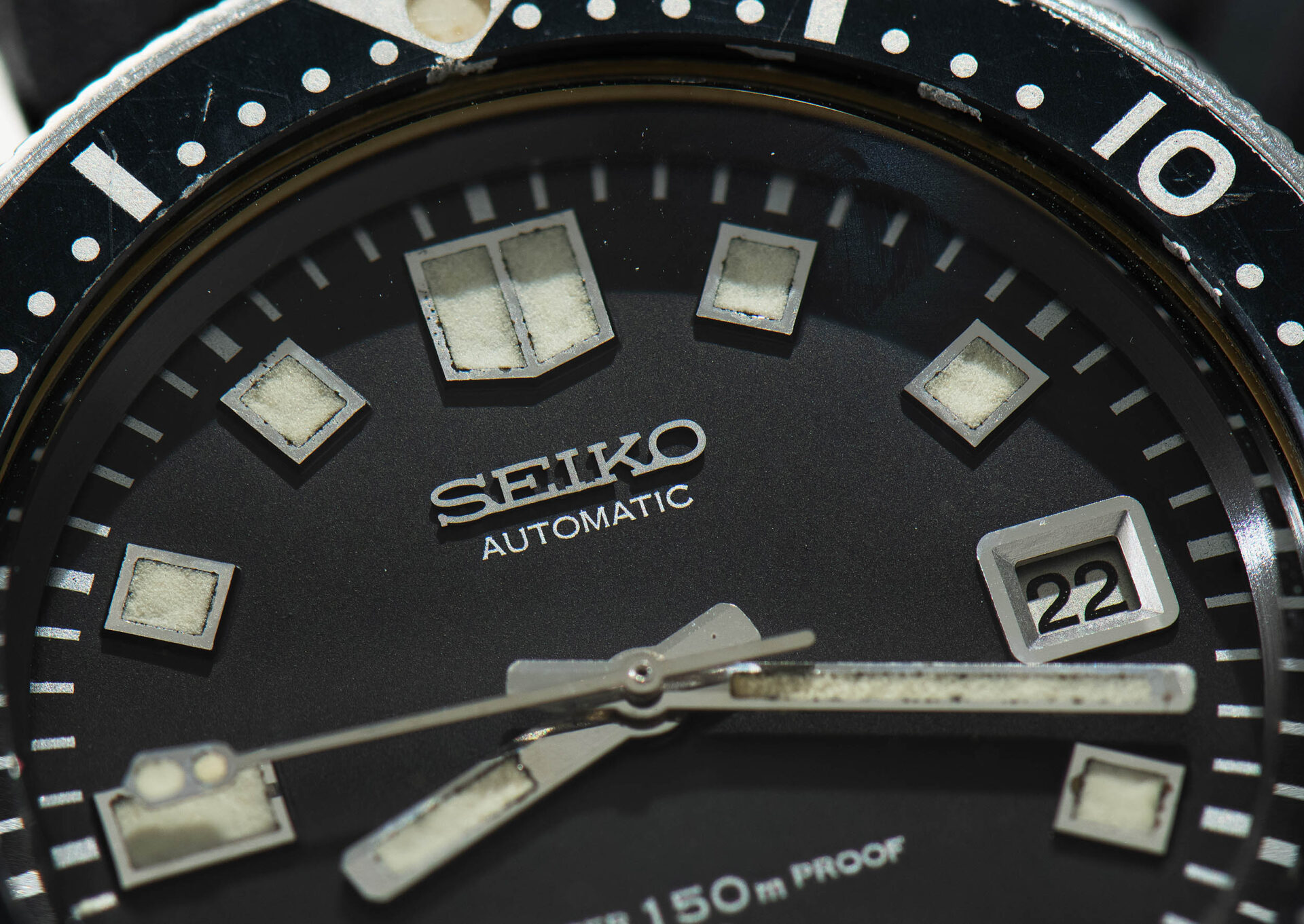
Now—before you start lighting me up in the comments:
Yes, yes, I know. The first Seiko watch with a rotating bezel and water resistance actually came out in 1961. It was called the SilverWave, Ref. J12082. It had an internal rotating bezel and was rated to 50 meters. So sure—technically—the SilverWave predates the 62MAS by four years. But with a 50-meter depth rating and more of a “skin diver” aesthetic, I’m not sure we can really call that part of Seiko’s professional dive lineage. In my opinion, I think it’s safe to say it was the warm-up act for some of the more iconic dive watches to have come from Seiko.
Anyway—back to the 6105-8000, sometimes referred to as the “Slim Willard.” It features a more traditional, rounded case profile compared to the later 8110 model—no integrated crown guards, no exaggerated asymmetry. It’s slimmer, more restrained, and flies a little more under the radar. It’s not “movie famous,” and that’s part of why I find it so compelling. I’ve owned a few Seiko “Captain Willard” 6105-8110s over the years—and I do love them—but the 44mm case always felt a bit too big and clunky for my wrist. They looked great in my watch box, but I rarely did they get any time on the wrist, so eventually, I let them go. For me, the Slim Willard hits that sweet spot: wearable, balanced, and still packed with all the Seiko diver DNA I love—just in a tighter package. The still large 41mm case size works better on my wrist, and although lacking the asymmetrical “amoeba” case of the “Captain Willard,” the C case is more reminiscent of a vintage Doxa Sub 300T. The “Slim Willard” still boasts the “snag-proof” crown located at 4 o’clock and a nearly identical bezel, dial, and hand layout. As a matter of fact, it also uses the same movement as the Willard via the 6105 Seiko nomenclature.
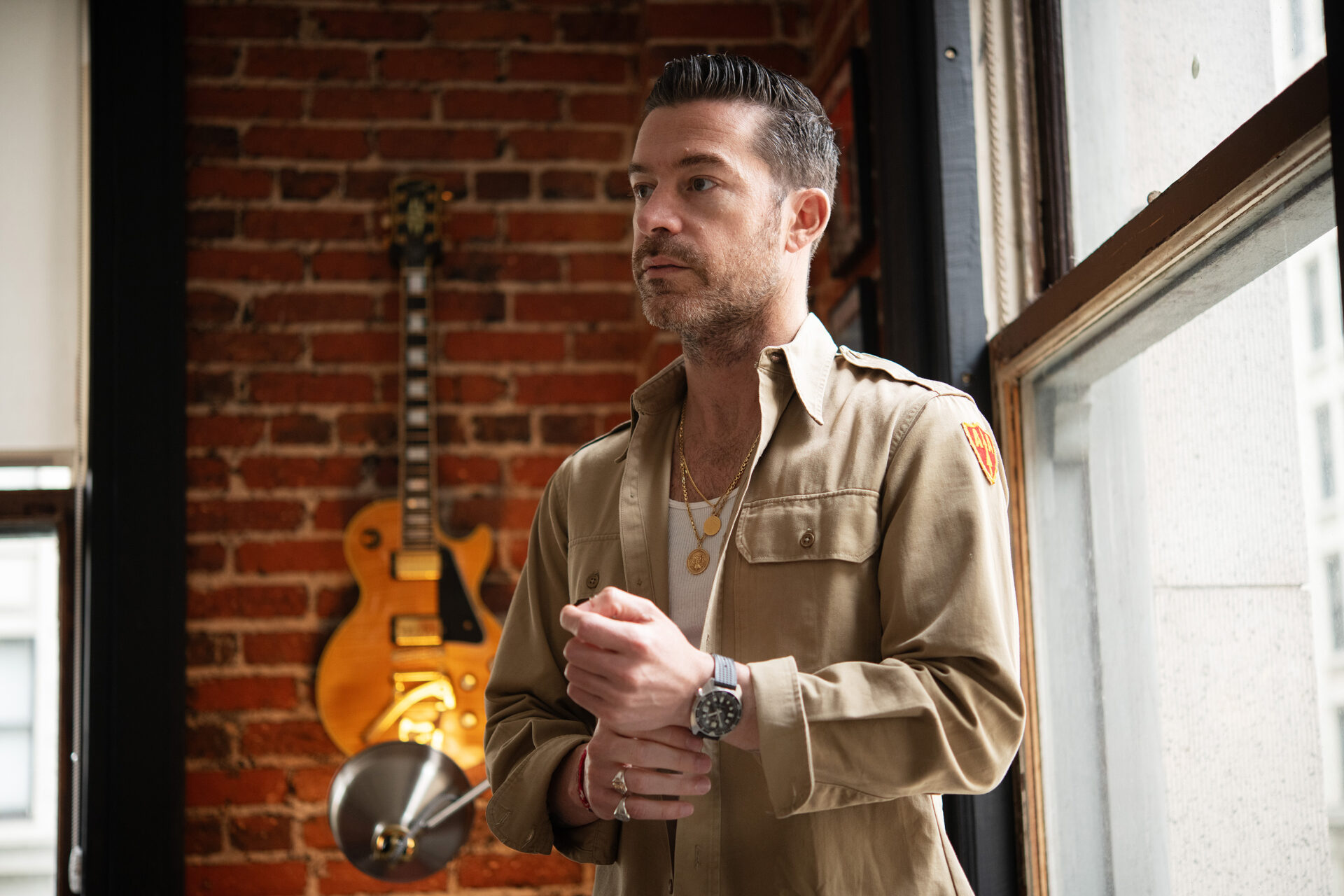
This one lives in my personal collection. David pulled it out of his backpack one afternoon—same as always—and before it even hit the table, I picked it up and asked, “How much?”
It’s not NOS, but it’s a damn good example. There’s honest wear, a nice little ding in the case, but it remains unpolished with the original factory finish still intact on the topside—something pretty distinctive to the 6105-8000 range. The sides and underside are sharp to the touch in a way you rarely see on these, since most were used exactly as intended: worn hard and often. Plenty of survivors are either beat to hell or polished into oblivion. That’s not a complaint—it’s just the reality. But finding one that still carries its original lines? That’s a little harder to come by.
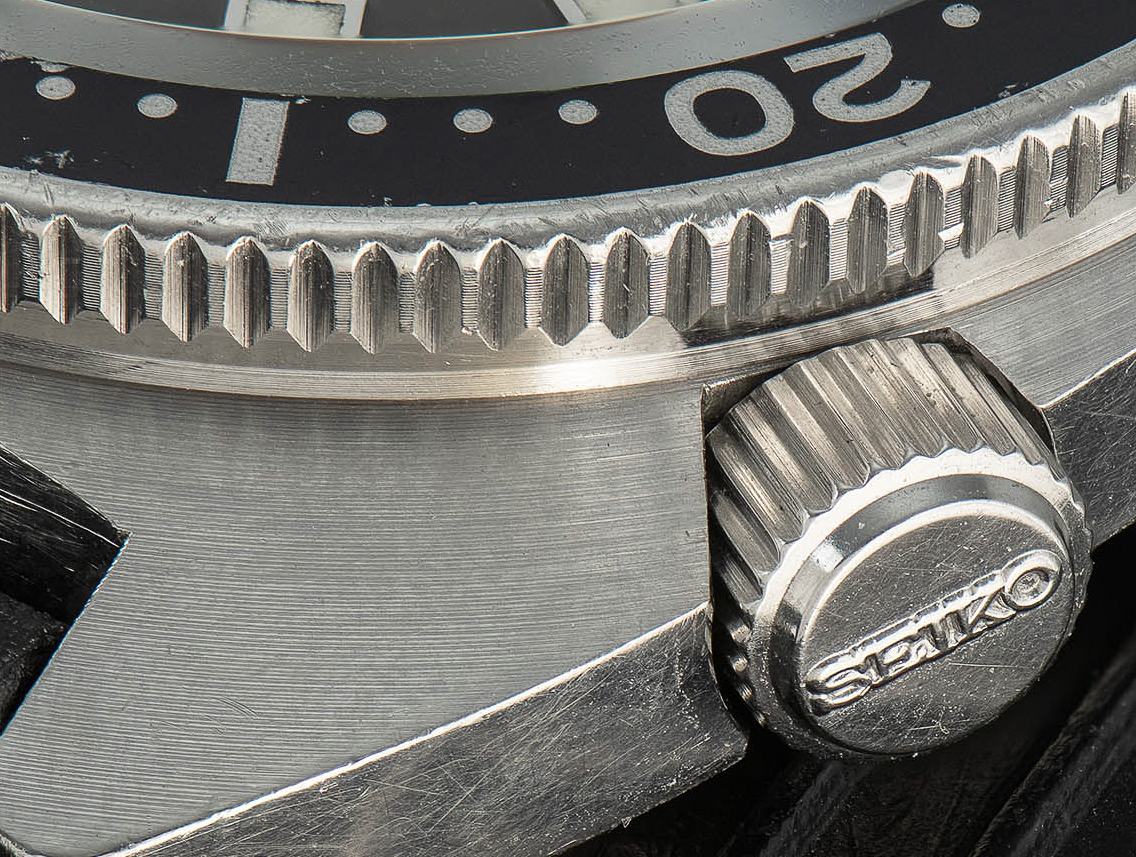
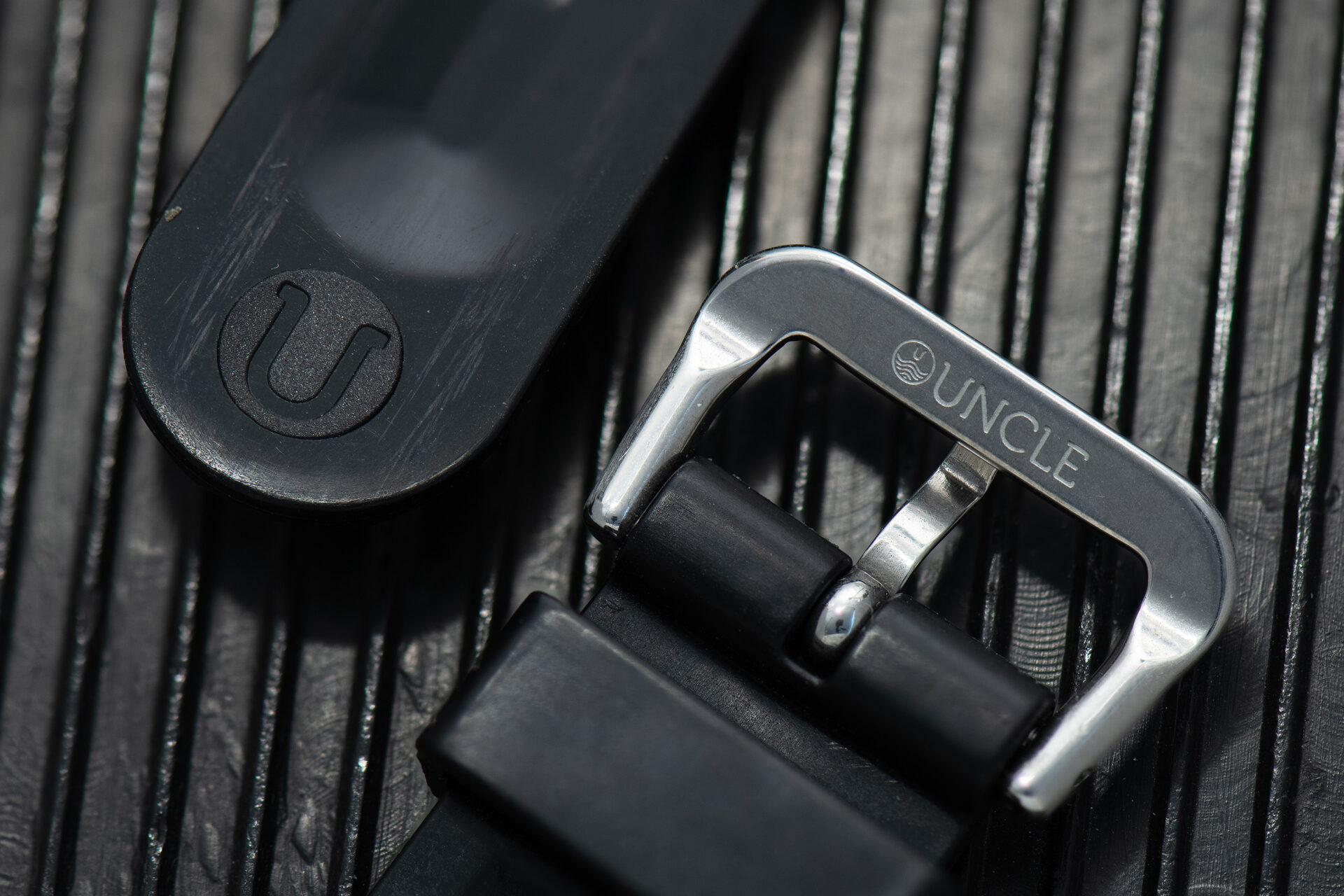
This one even came on its original Seiko ZLM01 “waffle” strap, which is a nice bonus. Like most vintage Seiko rubber, though, it’s stiff and brittle with age. I kept it, of course, but swapped in a modern UNCLE waffle strap—pretty damn close to the original and actually wearable day to day.
The dial and hands are original and in excellent condition. The lume is still bright and creamy, which tells me it likely didn’t see much water. Seiko’s compound from this era has a tendency to go dark—sometimes even black—especially if moisture gets involved. The 6105-8000 used a non-screw-down crown, which wasn’t the most watertight setup, particularly for a dive watch. Later 6105-8001/8009 models added a locking crown system—not quite a screw-down, but a smart workaround to keep the crown from backing out. My guess is Seiko recognized the issue and addressed it.
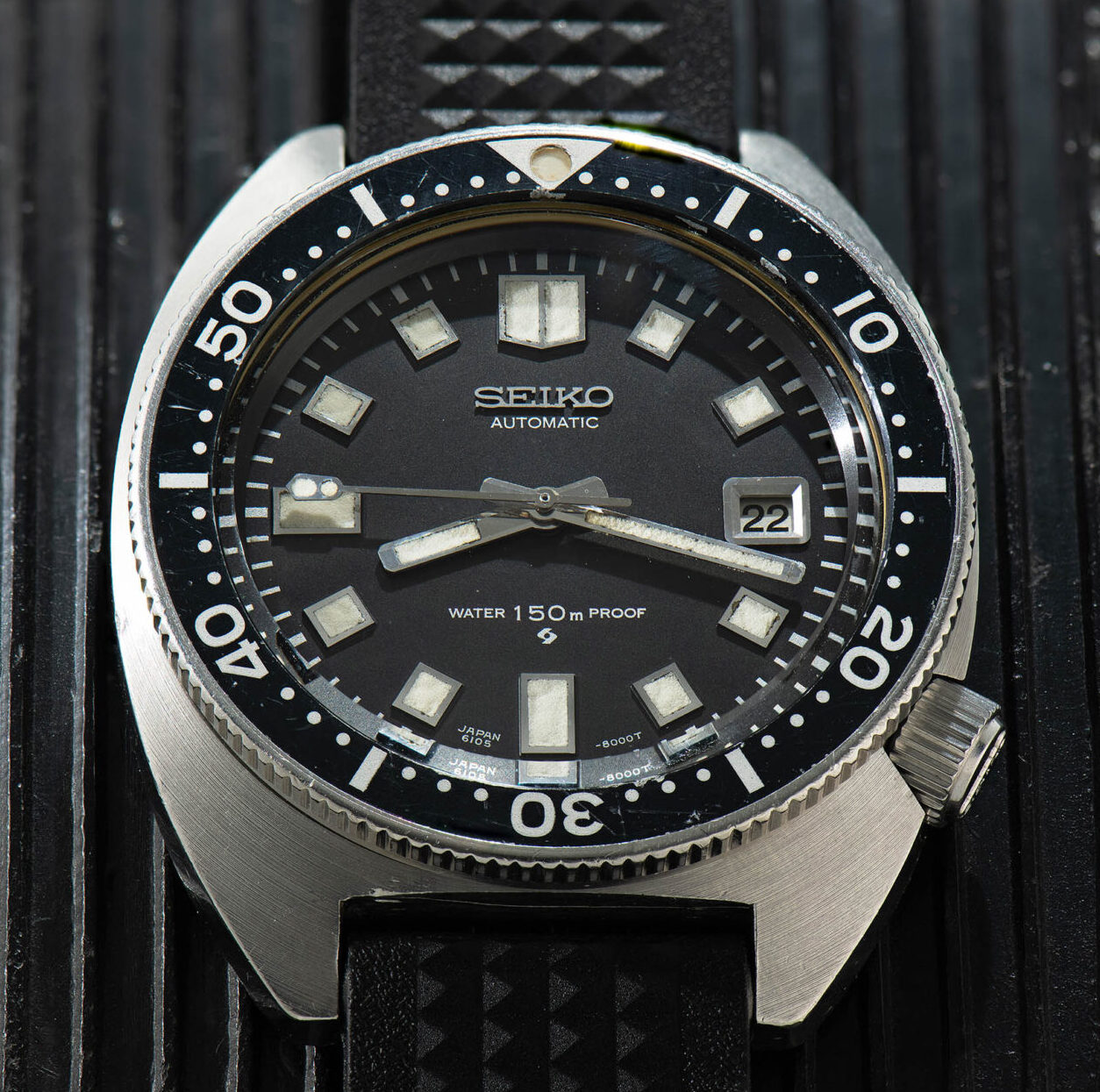
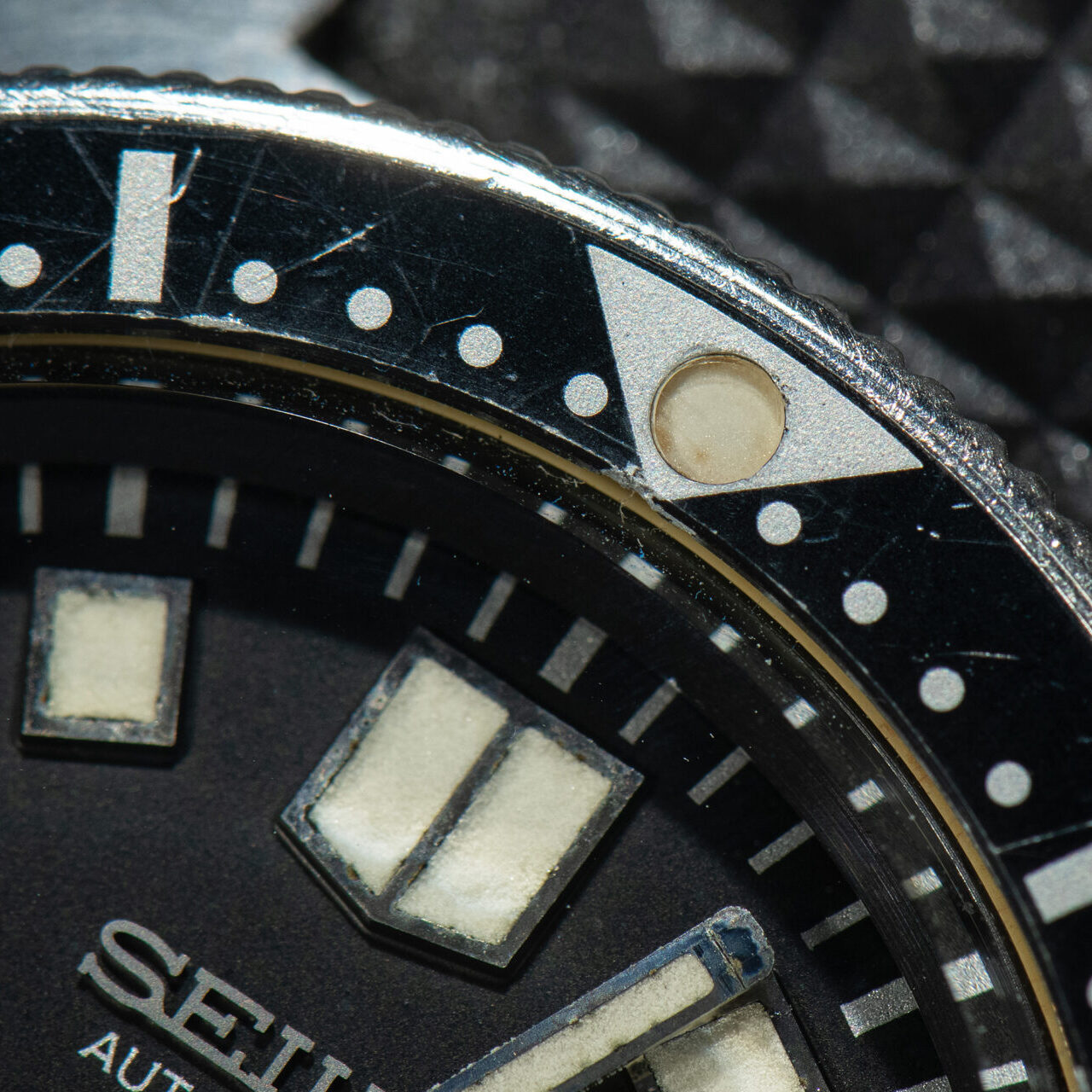
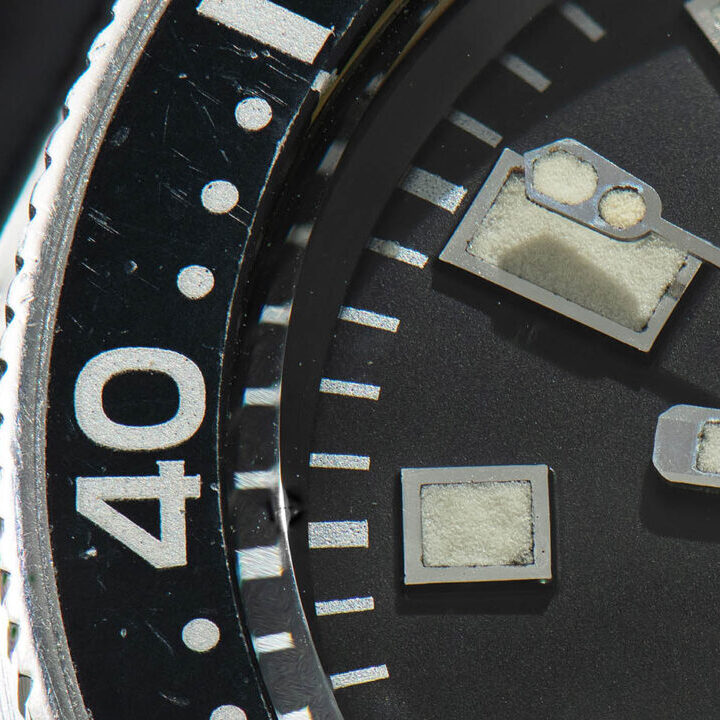
The sweep seconds hand features that signature red “stoplight” lume dot, which has faded—as it usually does on 6105s—but the handset is original and sports the long minute hand. Later 8110/8119 models used a shorter hand, and you’ll occasionally see those show up on 8000s as service replacements. Not a huge deal, but for a nerd like me, those little distinctions matter. They’re the kind of detail that makes you smirk to yourself when nobody’s looking.
The non-click-spring bezel still rotates with smooth, firm resistance. It’s remains pretty black, still not showing much fade without any real degradation, im typically a sucker for a faded insert but this one seems to fit the vibe of the watch perfectly. Most original inserts have been swapped out over time, so it’s great to see this one still intact—especially with the lume pip at 12 o’clock holding strong. It’s little stuff, but it adds up. The insert is still deep black, with just enough patina to remind you it’s lived a life.


Another detail I dig: this one was produced in 1968—the first year of the 6105-8000’s run. I didn’t pick it up because it was a first-year example; I just liked the watch. It wasn’t until later that I realized it had that extra little historical edge, which—if you’re into that kind of thing—is a nice bit of icing on the cake. I used one of the old Seiko serial number decoders (retroseiko.com, for those curious), and it pegs the production to May ’68.
The early 6105A movement inside was clean but running a little slow when I got it, so I had it serviced. Now it runs like a tank. In typical Seiko fashion, it’s straightforward, robust, and easy for any competent watchmaker to work on. Parts are still out there, which helps. The 6105 came in two flavors: the non-hacking A series, and the later B series, which added a hacking feature for the seconds hand. The B movement started showing up around 1970, so seeing the A in this 1968 example tracks—and it’s likely original, especially given the overall condition.
One last thing I’ve always loved about vintage Seikos: no manual winding. You can’t wind it from the crown—you’ve got to give it a shake. I’ve got a few original Seiko instruction booklets that actually spell this out as the proper way to start the watch, which always cracks me up. It’s just so Seiko—practical, a little stubborn, and weird in all the right ways.
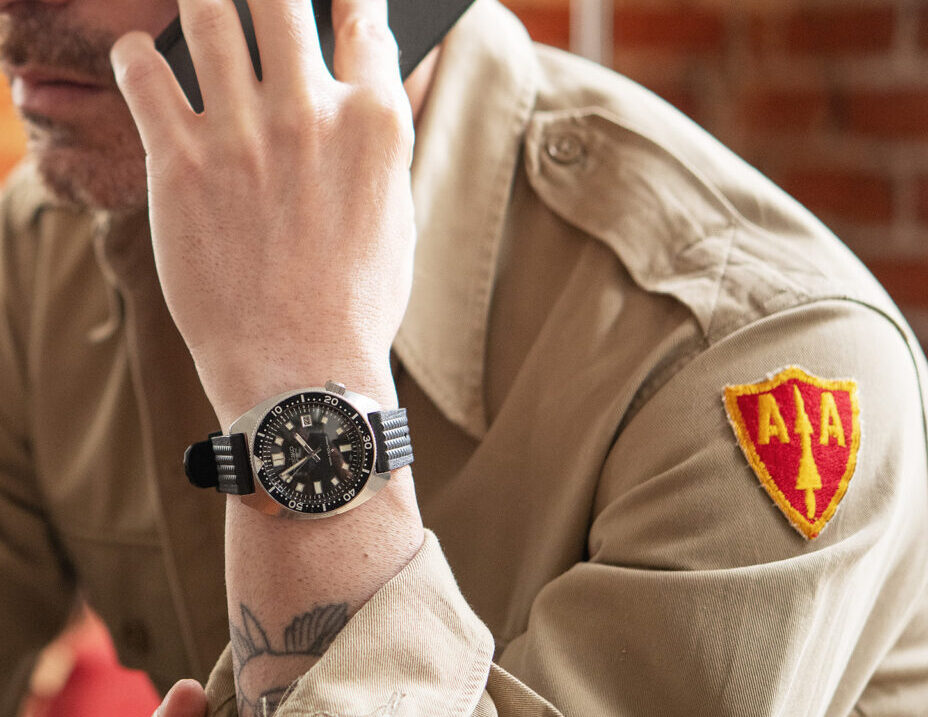
That’s the kind of piece this series is built around. Not just a great watch—but a definitive one. The 6105-8000 “Slim Willard” doesn’t shout. It doesn’t need to. It represents the essence of what this reference was meant to be: honest, functional, purpose-built, and beautifully balanced. It’s not about rarity for rarity’s sake, or chasing hype. It’s about alignment—when the condition, design, and feel all land exactly where they’re supposed to.
This isn’t just a personal favorite. It’s a reference point. A reminder that certain watches don’t just survive the years—they distill everything that made them right in the first place. And that’s what The Case Study is here to explore. The goal isn’t to show off—it’s to hold something up and say, “This is what it’s supposed to look like.”
Over time, handling hundreds—maybe thousands—of watches, you develop an internal compass. You stop being impressed by loud. You stop being distracted by price tags. You start chasing feel, proportion, integrity. You look for the kind of pieces that speak in subtleties. The ones that don’t need context to make sense. The ones that just are.
That’s what this is about. Watches that don’t just fit the mold—they make the mold.
More soon.

Check out 'Reference Tracks' our Spotify playlist. We’ll take you through what’s been spinning on the black circle at the C + T offices.
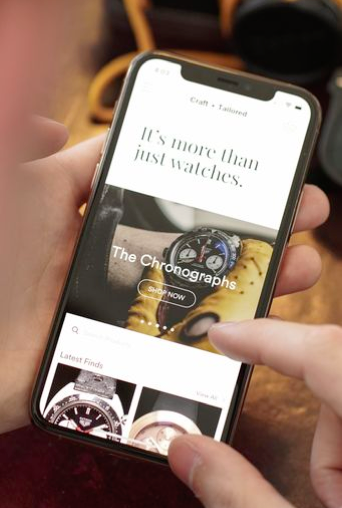
Never miss a watch. Get push notifications for new items and content as well as exclusive access to app only product launches.
Sign up for our newsletter to receive updates and exclusive offers